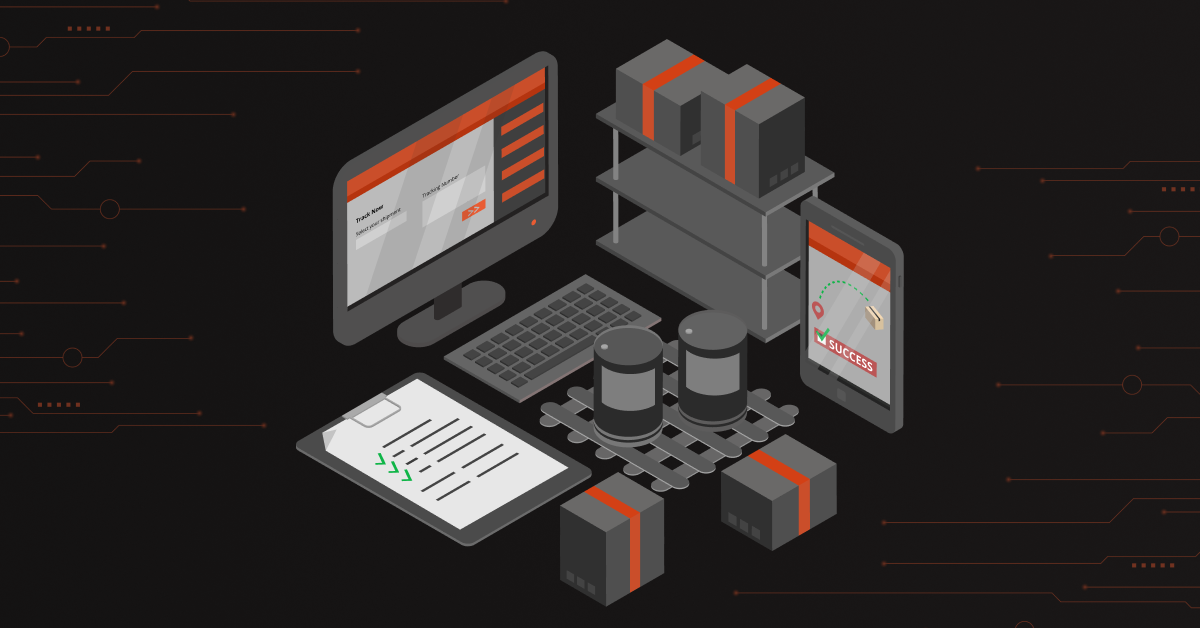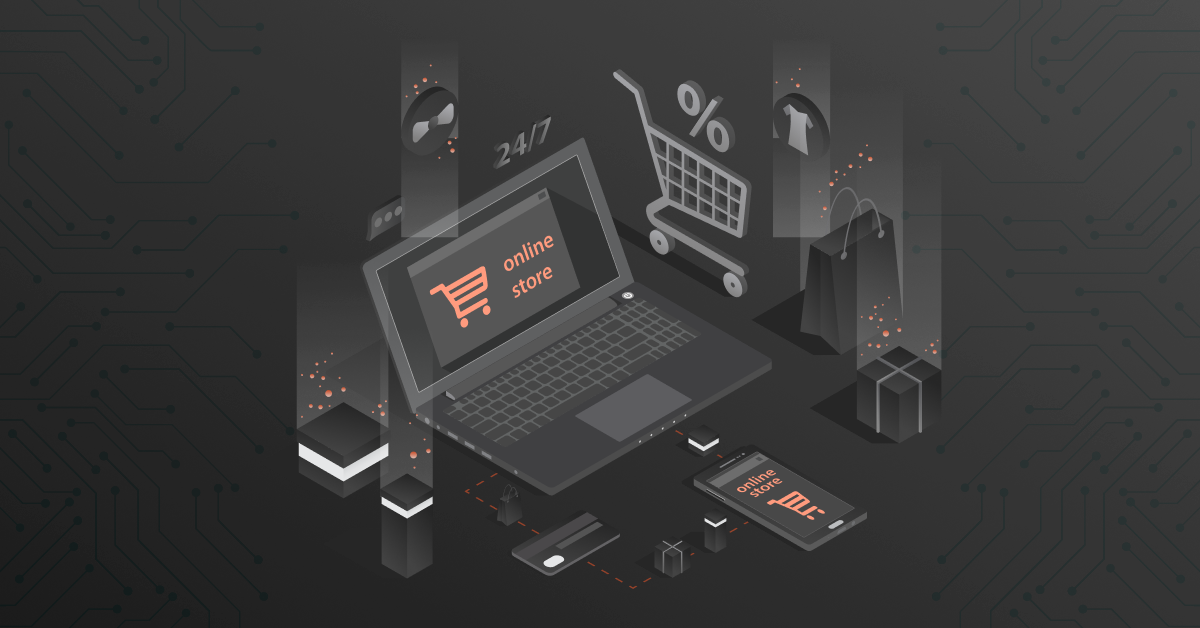Multichannel Retailing is selling your products in more than one sales channel so customers can access and purchase products, easily, immediately. It’s time every brand in the world does this: Branching Out!
Are you selling everywhere your customers buy?
Your website should not be the only place where customers can buy your products or services. For you, being a merchant, your website (or online store) can be your abode. But, the same need not resonate with the shoppers. They have so many online and offline sales channels to see, choose, compare, and buy. And that’s why it is advised to sell at as many places, without just sticking to just one channel.
Importance of Multichannel Retailing
Going by the trends, it clearly says more people are increasingly buying online than offline. And this wave is not going to settle down anytime soon. If you do not own an eCommerce store, it is high time you build one, urgently so that you don’t do dimes back in the competition.
Well, global eCommerce sales are expected to top $42. trillion in 2021 and touch somewhere around $6.5 trillion in a couple of years. Also, by 2021, studies say 53.9% of online sales will be via mobile phones. That clearly sends across a message saying it is not enough to have an online store alone, but an online store that works seamlessly across all devices – computers, phones, tablets, etc.
Now that you have a fair of the vast opportunities available online to catch hold and captivate your customers, let us understand the importance of multichannel retailing.
Your website is not enough to guarantee success. Just not enough. You need to take your products to places that are already packed with people to sell your products. Standing amidst the ocean of products and brands, you need to make eyes turn to your product with strong marketing efforts.
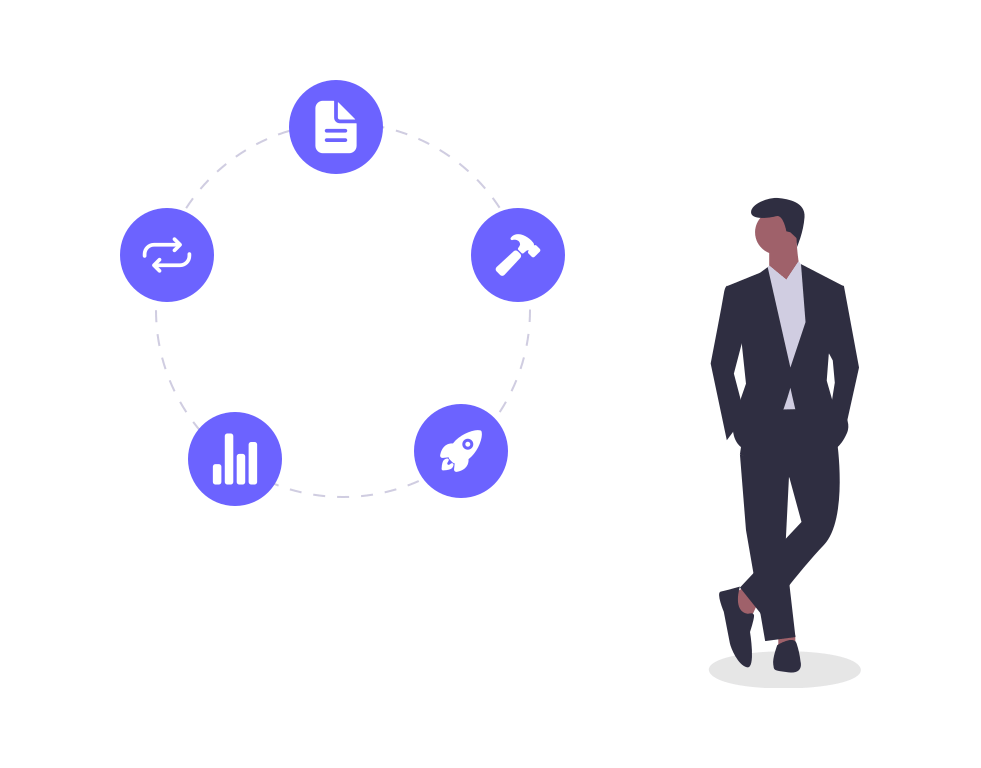 Brands should add more and more channels to their social presence and sell their products – online marketplaces, social media, bots, apps, and more. Rather than worrying about how you are going to manage your products on so many platforms (for which we have a solution), brands can make use of customers that are already thronging these platforms to reach a new audience, to increase brand awareness, to help customers find what they need conveniently, and more.
Brands should add more and more channels to their social presence and sell their products – online marketplaces, social media, bots, apps, and more. Rather than worrying about how you are going to manage your products on so many platforms (for which we have a solution), brands can make use of customers that are already thronging these platforms to reach a new audience, to increase brand awareness, to help customers find what they need conveniently, and more.
If you are still not convinced about how impact-full multichannel retailing is, here is another fact: According to a consumer survey, nearly half (46.7%) of all searches begin on marketplaces like Amazon, eBay, and Etsy compared to 35% on Google. That means if you are not on these platforms, it is even harder to compete with Amazon.
Advantages of Multichannel Retailing
Be Everywhere With Multichannel Retailing
Shouldn’t your products be present where your customers are? Well, you know the answer to this. Most customers will be skeptical about buying from a brand that they came across just once. And if that one visual is all they get of your brand, the odds to buy your products are low. Extremely low.
No one knows what and when a shopper buys something. But when the thought strikes, be sure to sell your products in the sales channel they decide to go. Offer your customers multiple ways to buy from you. Let them choose to buy on their comfort.
It is not fair to have just one online store or sales channel and endlessly wait hoping why the sales did not rocket the way you thought.
Buyers’ Journey
A buyer’s journey is the essential path a victor takes towards the desired outcome of buying your product. Buyer’s journey can be broken down into three points:
- Awareness
- Consideration
- Decision
Guess the above points are self-explanatory. Know the customer that you exist, know customers enough times so that it will take a considerable amount of time to get your brand off the mind, and within that time, influence the shopper to make a decision.
By 2020, over 80% of the buying process will not have any human interaction. Therefore, it is essential to accurately understand your buyer’s journey by placing your products strategically in as many channels as possible.
Get in front of the customer at every possible touchpoint!
Sell To A Bigger Audience
A study says businesses make 190% more revenue when selling on more than one platform.
How many people come and see your website every month? Thousands or more, maybe. But do you know how many people visit Amazon every month? Whopping two billion people visit Amazon every month! That is a huge number.
What happens when you sell your products in marketplaces such as Amazon, Etsy, eBay? You know the answer. As the customer base expands, you will have more sales that will ultimately be translated into upping your revenue with Multichannel Retailing.
 Low Cost And Risks
Low Cost And Risks
Isn’t every seller’s dream to see more ROI with fewer investments?
And this is not of the most significant advantage of Multichannel Retailing. You get to sell more, expand your business and do so; brands need to churn out substantially meager amounts of finances and efforts.
Does it take time and dime to build a profit-making online store? Yes. Does it cost a lot to launch a brick and mortar store? Yes. Does it cost a lot to ensure your products are sold across multiple channels? Definitely a NO!
Brands can quickly set-up business in any online marketplace and run a business without high capital expenditures. Even if sales are low on one channel, there will be some other alternative channel that helps you sail you through the sales storm.
Multichannel Retailing… fewer costs and low risk involved!
Customer Data
What are you going to do with all the information that website visitors provide you? Did you know that you can use your customer data to improve the customer experience and increase your conversion rate?
A study says only 0.5% of customer data is being put to use for business growth. See what we’ve been missing to do?
From relevant social media advertising to a more personalized shopping experience, the possibilities are endless, if you have access to customer data. In some ways, data is gold that needs to be scratched a bit to see them shine.
When a customer enters your site, everything they do can be tracked:
- What customers look at
- Whether any purchase is made
- Tracking buyers’ journey
- Make note of browsing habits
Using this data, you can personalize and provide offers that they would not take their eyes off. And how would the customers know about the offers if they left the website? That is precisely the reason why we are writing this article and asking brands to do Multichannel Retailing – being available in a minimum of two or more sales channels.
Buying Made Easy
96% of customers who have a high effort experience will not be loyal to your brand. They might not even enter your brand name again.
Shopping should be effortless, seamless, and most importantly, customers should love every single moment of the shopping experience.
One frustrating experience will make you lose just one customer. But more. Because angry customers ought to tell more people about the bitter experience they just had.
Why make things complicated by asking them to buy stuff on websites they have never seen or heard before? Make it simple by selling on popular platforms where they’ve been regular for years. Maybe if your brand establishes a niche for itself, you will not even have to ask the customers to buy from your site. They will walk through, naturally.
Round-the-clock Shopping
Say, a customer wants to buy a product, and they drive to your store. But, oops… your store is closed. Or a customer decides to purchase something out of the blue and your store is not located nearby. Bad scenarios, right?
Hence the need to be available online so that customers can buy anything they want anytime from any channel they want. That is the beauty of online shopping and Multichannel Retailing, to be more precise.
With the busy lives we all lead today, the choice to buy round the clock does so much better than you ever thought.
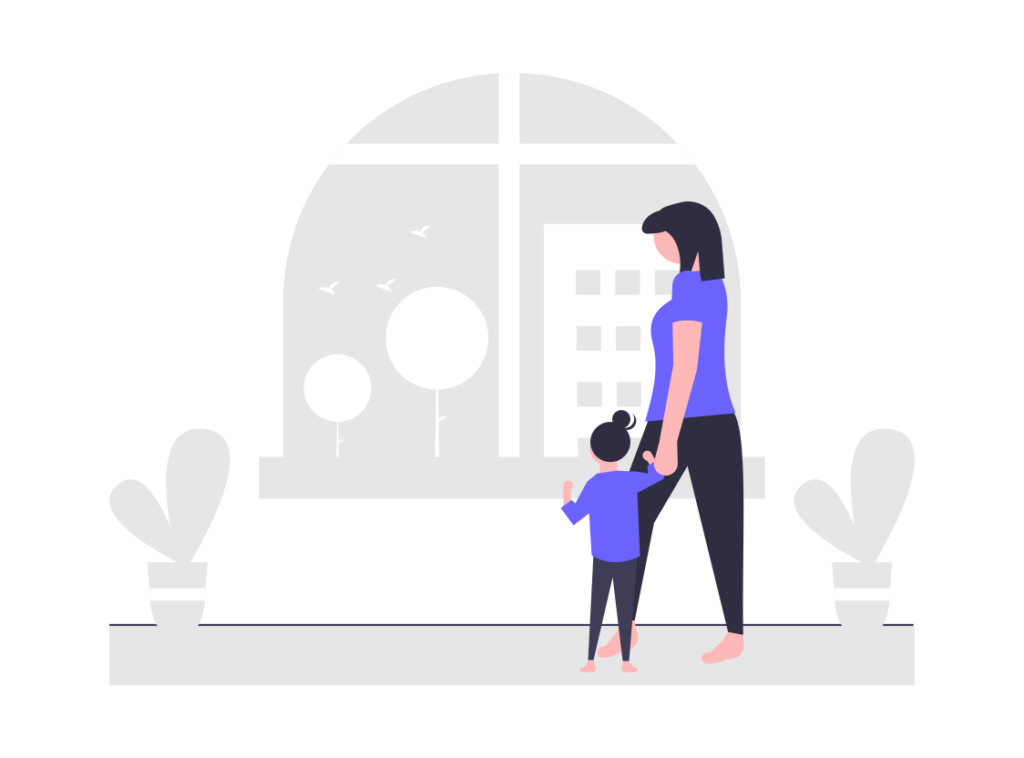 Social Media For Greater Good
Social Media For Greater Good
37% of internet users rely on Social Media to research brands and products.
There are 3.8 billion social media users worldwide, and that is not a small figure. Social Media is more than posting selfies or letting the world know what we do. It is an excellent way for users to discover exciting products and brands. Social Media is a blessing in disguise for brands to expand their reach, increase customer engagement, promote products, and ultimately spurge in sales.
With Facebook and Instagram already rolling out options for shopping, go beyond just promoting your products and later redirecting them to another sales channel. Don’t do that anymore.
Create a buzz in social media, make social media users know that you are there, and start selling on social media.
Believe, invest, grow… in and with social media!
Types of Multichannel Retailing
All this while, since we told you to sell in more than one channel, we have given you options where you can sell your products effectively and reach a bigger audience.
- Your Website
- Brick and Mortar Store
- Online Selling (Amazon, eBay, etc.)
- Social Media (Facebook, Instagram)
- Mobile Apps
- Analytics-Based Ads
- Listing On Other Websites
- Influencer Recommendations
- Niche Marketplaces
- And more…
Choose the right channel to start with and scale soon. More than half of the online shoppers leave without buying anything. The cart abandonment rate is high, and the conversion rate is even higher. Who knows, even your products will have a chance to reduce the rates-ratio. And that only happens when you sell in many sales channels and Multichannel Retailing, both offline and online.
Multichannel Inventory Management
All this while, we let you know the umpteen benefits brands get with Multi-Channel Retailing. But what about the processes and tasks in the backend to ensure all the details in all the places where your products are listed are accurate, enriching, believable and up to date?
Multi-Channel Inventory Management is the process for businesses to track orders from various sales sources on inventory that is stored at multiple locations, such as marketplaces, eCommerce, retail, wholesale. Everywhere your products are up for sale.
Above everything, not-so-good inventory management is not-so-good news for your brand, sales, profits, orders, conversions, site traffic, and so on. It will have an adverse impact on your business.
You have to maintain numerous inventory systems if you sell on multiple online sales channels. A worrisome fact is, 43% of retailers still rely on pen, paper, and spreadsheets for tracking, which is not a stable thing to do. It is easy to manage data when you sell in just one or two channels. But if you increase your channels:
- We go by what we say. Yes, Multichannel Retailing is indeed outstanding for your business growth.
- Unless you have a proper Multichannel Retailing and Inventory Management in place, things will not seem to be sweet.
So, what can brands do for Multichannel Inventory Management? With so much data in hand that has to be sent to Multi Channels, is it really possible to streamline tonnes of product data and inventory that we possess?
On the grayer side, Inventory Management can become cumbersome if you do not have the right tools in place to send data to multichannel, to secure inventory, fulfill orders, and to do whatever has to be done for ensuring the customer experience is not brought down.
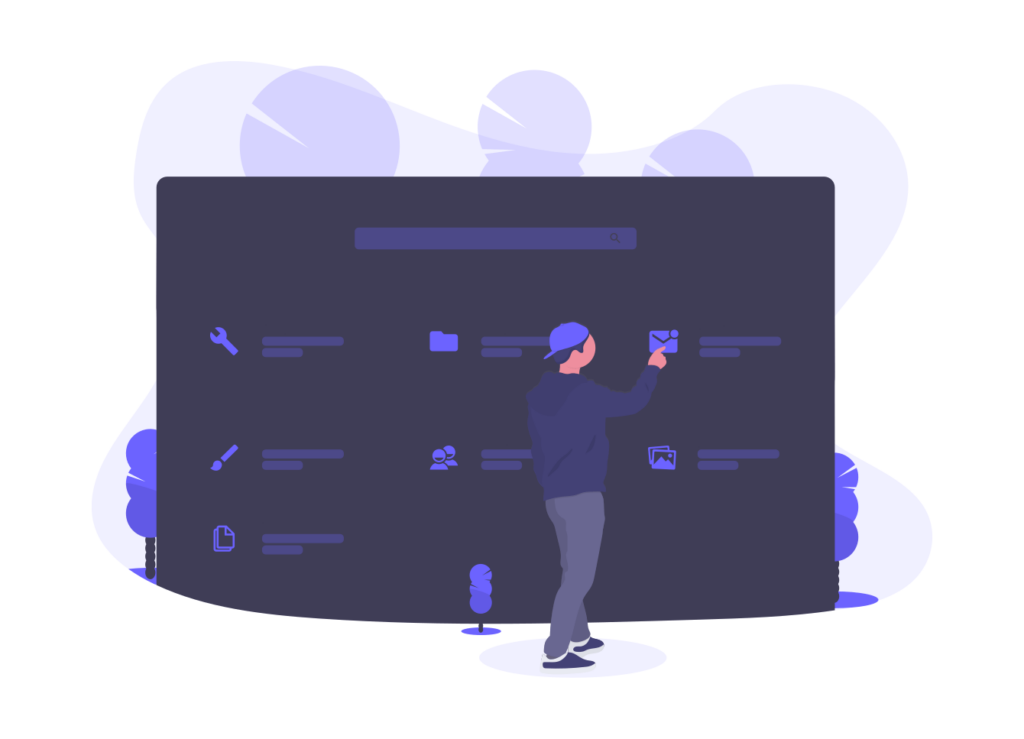 On the brighter side, some tools help businesses worldwide to sell seamlessly across multichannel. Else, Multichannel Retailing would not have been this a rage.
On the brighter side, some tools help businesses worldwide to sell seamlessly across multichannel. Else, Multichannel Retailing would not have been this a rage.
And here we are, spilling the beans… Companies can use PIM (Product Information Management) Systems for their Multichannel Inventory Management and sell precisely the way you want.
Multichannel Retailing With PIM
A PIM (Product Information Management) is a storage system that helps brands to manage and maintain their inventory/product data from one place, accessible to all.
This way, Multichannel Retailing becomes convenient as businesses do not have to enter data in each online sales channel manually. Instead, integrate all your online channels into PIM. Enter what you want to show in sales channels into PIM. Click a button, take a breath, and there you go. Problem solved.
You can provide a single source of truth across all channels with PIM. This way, all your channels are:
- Unified
- Consistent
- Accurate
- Up-to-date
Creating a consistent experience for customers is a game-changer. Now, make it happen with PIM.
Do Multichannel Retailing in as many marketplaces you want. Later, connect the same with PIM, and see the magic unfurl in front of your eyes.
It’s time to forget the tedious spreadsheets and save your employees’ productivity by opting PIM for Multi-Channel Retailing and Multi-Channel Inventory Management.
Sign up. Sell more. Scale faster.
Contents



